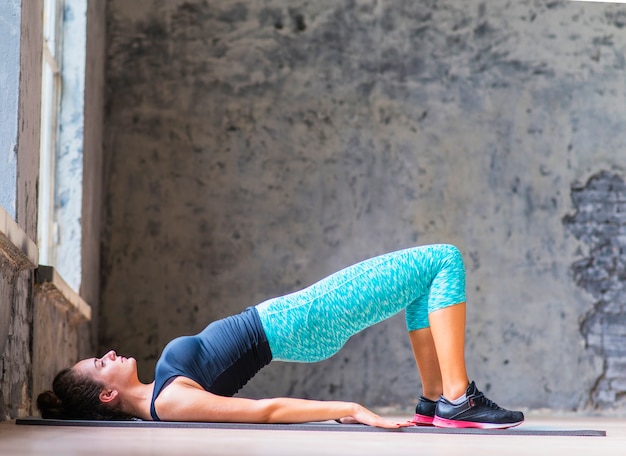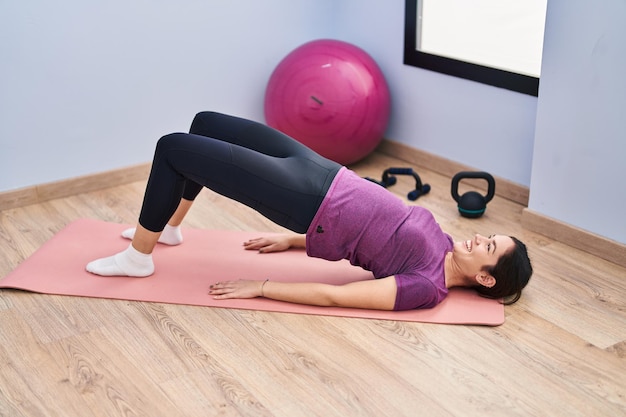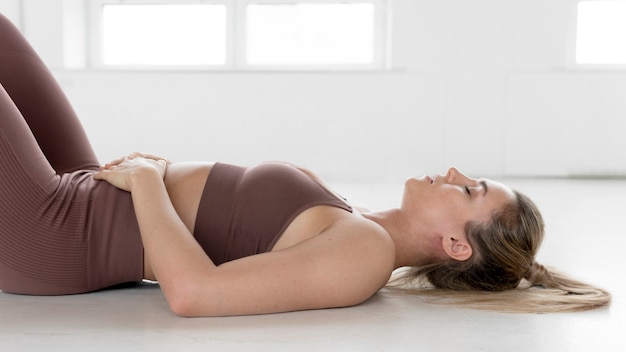Discover low-impact exercises designed to support thyroid function by enhancing core strength, improving balance, and lowering stress hormones like cortisol.
If you're managing a thyroid condition—whether hypothyroidism, hyperthyroidism, or autoimmune thyroiditis—your body may respond sensitively to intense physical stress. High-impact workouts can sometimes elevate cortisol, disrupt sleep, and strain recovery. That’s where low-impact core and balance exercises come in.
These gentle yet effective movements support postural stability, enhance neuromuscular control, and promote mindful movement—all of which contribute to better hormonal regulation and reduced inflammation. Below, we explore 12 science-informed, joint-friendly practices tailored for thyroid support.
The thyroid gland influences metabolism, energy levels, and nervous system function. When it’s underactive or overactive, symptoms like fatigue, muscle weakness, and poor coordination can follow. Strengthening your core and improving balance isn’t just about aesthetics—it’s about restoring functional movement and reducing physical stress that can worsen hormonal imbalances.
Low-impact core work helps regulate the hypothalamic-pituitary-thyroid (HPT) axis by lowering cortisol through controlled breathing and mindful exertion. Additionally, better posture improves circulation to the neck and upper spine, potentially supporting thyroid blood flow.

This beginner-friendly move targets the transverse abdominis—the deepest core muscle—without straining the neck or lower back. Lie on your back, arms extended toward the ceiling, knees bent at 90 degrees. Slowly extend one arm overhead and the opposite leg straight, then return. Repeat for 10 reps per side.
Why it works: Builds core endurance with minimal joint load. Ideal for those with fatigue or joint sensitivity.
On all fours, extend one arm and the opposite leg simultaneously while keeping your core tight. Hold for 3–5 seconds. Alternate sides for 8–10 reps.
Why it works: Enhances balance, reduces lower back strain, and activates stabilizing muscles linked to postural control.
Stand tall and slowly lift one knee at a time, engaging your core. Use a chair for support if needed. Perform for 1–2 minutes.
Why it works: Builds foundational strength with zero impact. Great for morning routines to stimulate circulation.
Walk in a straight line, placing one foot directly in front of the other, heel to toe. Do 10–15 steps with support nearby.
Why it works: Challenges balance and supports cerebellar function, which can be affected by thyroid imbalances.
Lean against a wall with knees at 90 degrees. Hold for 20–30 seconds. Gradually increase duration.
Why it works: Isometric strength training reduces joint strain while improving muscular endurance and circulation.
Sit tall, feet flat. Gently twist your torso to one side, using the chair for resistance. Hold 15 seconds per side.
Why it works: Encourages spinal mobility and stimulates digestive organs, which can be sluggish in hypothyroidism.
Lie on your back, knees bent. Gently tilt your pelvis upward, flattening your lower back. Repeat 10–15 times.
Why it works: Activates deep core muscles and improves lumbar alignment, reducing strain on the nervous system.
Lift one knee and the opposite arm simultaneously. Alternate sides slowly. Use support if needed.
Why it works: Enhances cross-pattern movement, which supports brain-body communication and balance.
Lie on your back, lift hips while squeezing glutes. Hold 15–20 seconds. Lower slowly.
Why it works: Strengthens posterior chain and improves circulation to the pelvic region, supporting overall endocrine function.
From standing, bend forward and walk hands out to plank (or partial range), then walk feet to hands. Move slowly.
Why it works: Combines flexibility and core engagement without jumping or impact. Great for morning stiffness.
Lie on your back, knees bent. Press your lower back into the floor and hold for 10–15 seconds. Breathe deeply.
Why it works: Teaches breath-core coordination, which helps regulate the nervous system and reduce cortisol.
Shift weight slowly from one foot to the other, bending knees slightly. Add arm movements for flow.
Why it works: Combines mindfulness, balance, and gentle resistance—ideal for lowering stress hormones linked to thyroid dysfunction.
Always prioritize consistency over intensity. If you have fatigue, start with 5–10 minutes daily. Use chairs, walls, or counters for support. Focus on form and breath. Avoid pushing through dizziness or joint pain.
Pair these exercises with deep diaphragmatic breathing to enhance vagal tone and reduce sympathetic overactivity—common in both hypo- and hyperthyroid states.
Supporting your thyroid isn’t just about medication or diet—it’s also about how you move. These 12 low-impact core and balance exercises offer a sustainable, gentle path to improved strength, stability, and hormonal harmony. Start slow, stay consistent, and listen to your body.

Wellness

Wellness

Wellness

Wellness

Wellness

Fitness

Wellness

Wellness

Health

Fitness

Health

Health